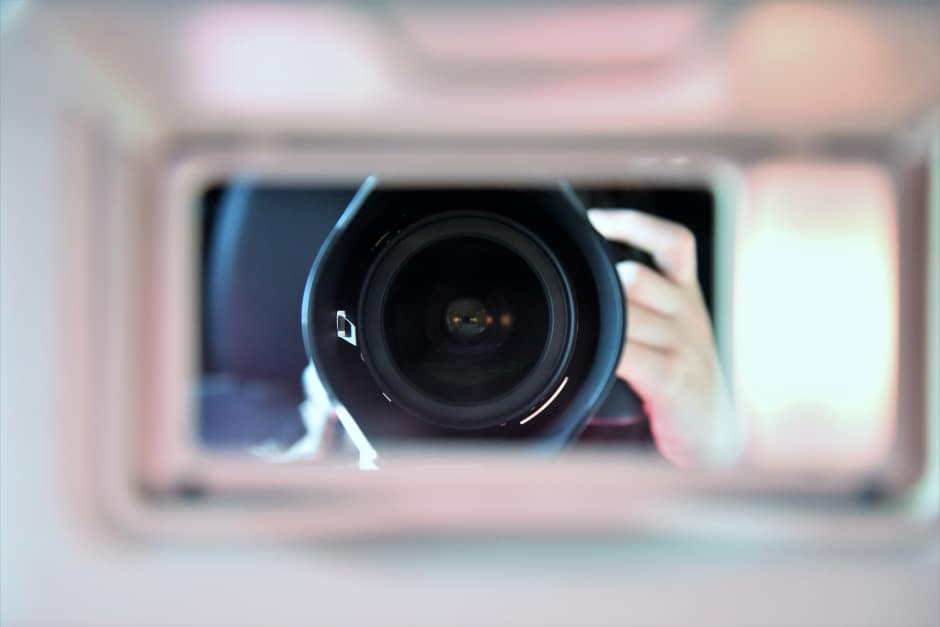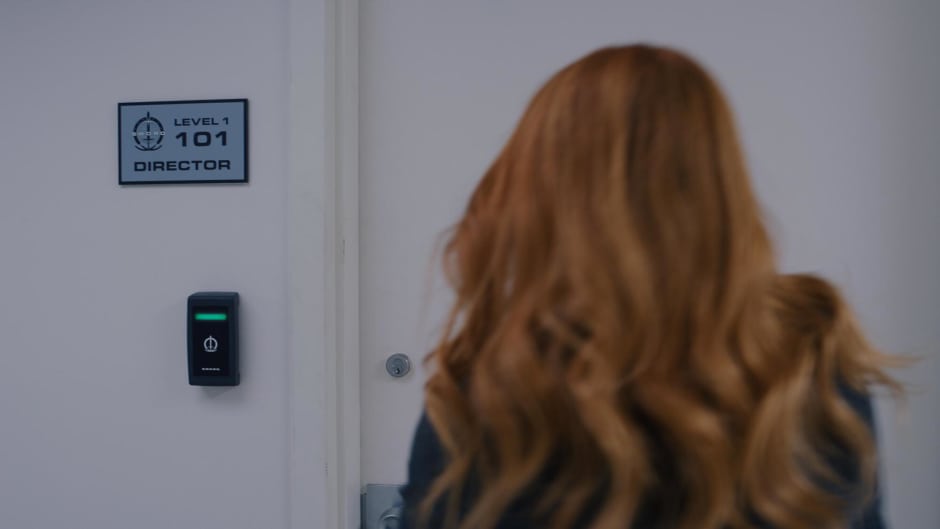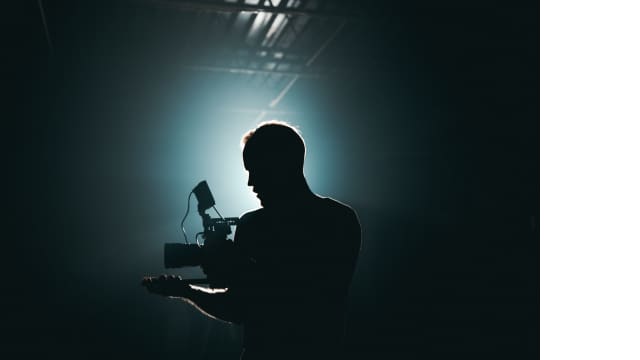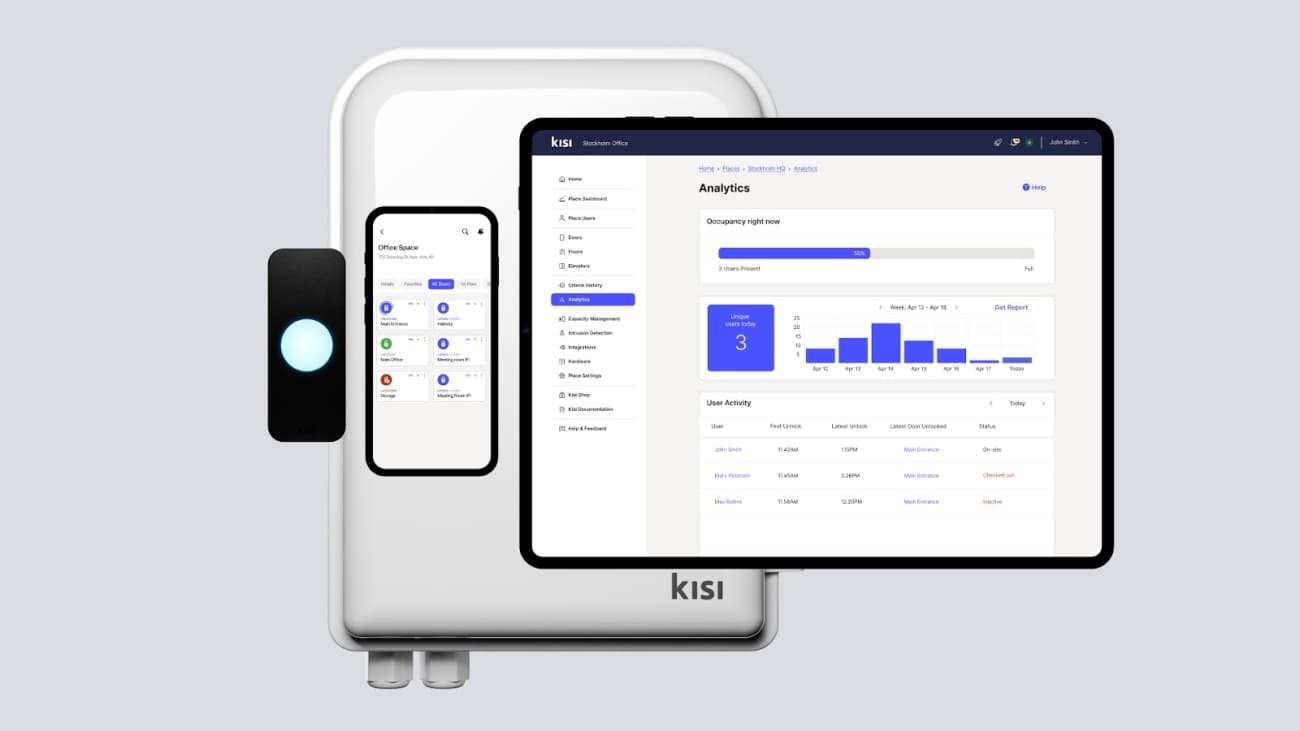In the past decade, cybersecurity incidents at media and entertainment companies have been in the spotlight. The Sony Pictures hack, the Netflix and HBO breaches, and even the German Funke Media Group ransomware attack all hit the headlines.
In addition to cybersecurity threats, the media and entertainment industry faces threats against their spaces, employees, and assets. The high-profile products, expensive sets and locations, complex production processes, and the various outside vendors give criminals both the motivation and opportunities to attack.
Media and entertainment security threats #
Mind-blowing budgets #
The numerous costs associated with entertainment production make even the average film an expensive endeavor, averaging between $100 million and $150 million.
Blockbusters can be even more alluring to wrongdoers. For instance, the last three Avengers movies took more than $350 million to make. Considering the reputation media and entertainment companies have to uphold, it comes as no surprise that they have to take extra care of their locations, people, and data security.

Physical or cybersecurity threat?
The attacker’s reasoning is pretty straightforward. Movie sets are abundant in luxurious locations, high-tech equipment, expensive gadgets and props, costumes, and valuable people. That’s why media and entertainment companies should implement reliable access control solutions to enhance their security.
Role-based access control serves in protecting sensitive data in post-production as well. Modern, cloud-based access control solutions, like Kisi, allow remote management and are based on the principle of least privilege to ensure people can only access the spaces they need. In case of a physical security breach, they can also help identify the wrongdoer.
Physical access control also limits cyber attackers and makes their efforts harder. Enhancing the cyber security practices can make remotely probing the digital structure an almost impossible endeavor for the highly motivated hacker.
Intellectual property #
Copyrighted content can be irresistible to perpetrators. Prerelease disclosure is a downfall for the average media and entertainment company. Given its importance and accessibility, intellectual property often presents a low-hanging fruit for potential perpetrators.

Physical or cybersecurity threat?
Blackmailing media and entertainment companies with stolen intellectual property is a popular strategy for attackers. Cyber attackers can encrypt proprietary materials remotely and demand money for decryption. Perpetrators can also steal and threaten to leak the data if the media company doesn’t comply with their demands.
Most of us envision cyberattacks happening in remote, dark locations. Still, the constant fast-paced environment media sets thrive on provides many physical breach opportunities. Gaining access to the physical location where the data is stored increases the hacker’s chances of a successful data breach.
Insider threats #
Protecting ourselves from outsiders comes naturally to most of us, so we often forget to consider the insider threat. Established enterprises with long-term employees undergo strict security measures to account for insider threats, and media and entertainment companies must follow suit.
The typical movie set may involve a cast and crew of hundreds of people with different responsibilities and motivations. The list includes actors, directors, producers, camera operators, lighting technicians, sound engineers, makeup artists, wardrobe assistants, and more.
Each individual needs access to specific areas of the movie set based on their role and responsibilities. For instance, the lighting technicians don’t need access to the sound stages or trailers.

Physical or cybersecurity threat?
Insider threats come from people with authorized access to specific locations, sensitive information, or IT systems, like employees, contractors, or third-party vendors. The typical movie production increases the chances for various security challenges ranging from insider threats to vendor breaches.
These threats often involve both the physical and cyber aspects. For instance, insiders use their physical access credentials to unlock doors and gain unauthorized access to sensitive digital assets.
Data leaks are the most common breaches we often read about in the tabloids. Fascinating financial losses and reputation damage are involved when insiders leak sensitive information about unreleased movies, TV shows, or music albums to the media or competitors.
Employees with access to sensitive information who steal intellectual property like, secrets, patents, or copyrights and use it in their personal ventures are less attractive to the public eye but can do massive damage to the company.
Sabotage, on the other hand, can cause some fuss, mainly by delaying the production schedule and release. Saboteurs can get creative in the movie and entertainment industry. They can damage or steal expensive equipment or confidential information, like scripts or production schedules, tamper with sets or props, or even make intentional mistakes leading to costly reshoots.
Enhancing physical security and access control is essential in preventing and mitigating insider threats. Modern access control systems enable ease of access management and reporting, making people aware and willing to take responsibility for their actions. Monitoring IT systems, limiting access to sensitive areas and information, and conducting regular security awareness training also helps.
Espionage #
The race for content releases is fierce in the media and entertainment arena, with major studios and streaming services battling to capture the audience’s attention. The never-ending competition makes the industry susceptible to espionage.
Involving theft of valuable intellectual property and trade secrets in a cutthroat industry, espionage is a significant threat that often involves stealing scripts, film footage, music recordings, or other creative content unavailable to the public. The perpetrators can then sell the content to competitors or post it online, resulting in substantial material losses and reputational damage.
Both external and internal actors can be responsible for espionage. Competitors, criminal organizations, and even foreign governments can be candidates for external espionage. While dissatisfied employees, contractors, or vendors looking to cause damage and make a quick profit can be motivated to provoke an insider threat.

Physical or cybersecurity threat?
As espionage often results in catastrophic financial losses and reputational damage, production companies need to implement physical and cyber security measures.
Future-proof physical security measures should be in place to control access to all locations and ensure that only authorized personnel are allowed on set or in post-production areas. Modern access control solutions will also ensure an audit trail, making it easier to hold potential perpetrators responsible.
Access readers and establishing group-based access restrictions to all storage facilities for sensitive data and cloud-based access control that will ensure regular over-the-air updates are becoming necessary in the industry.
Managing access is crucial in the cyber security front too. Implementing measures like firewalls, intrusion detection systems, and encryption protects production companies against unauthorized access to their networks and data. Regularly updating software, conducting security training, monitoring networks for suspicious activity, and implementing incident response plans are a must.
Is physical or cyber security more important in the media and entertainment industry #

Behind all the glitz and glamor, the media and entertainment industry is extremely vulnerable to both physical and cyber-attacks. The neverending race to release the next hit, combined with the pressure to meet tight deadlines, often leads to neglected security measures. Intruders are well aware of these weaknesses and the potential they offer. Stealing just one of the thousands of fresh scripts to unreleased episodes, can be quickly monetized.
Even though cyberattacks are in the spotlight, production companies need to prioritize both their physical and cyber security. Protecting physical assets, like production studios, equipment, and employees, and digital assets, like intellectual property, customer data, and IT systems, is equally important.
Implementing thorough physical security measures like cloud-based access control integrated with security cameras can help prevent and mitigate physical threats like theft and vandalism. Cyber security measures, like firewalls and encryption, focus against digital threats, like potential cyber-attacks and data breaches.
Production companies can’t afford to choose sides and invest only in physical or cyber security since they are intertwined. For instance, a cyber attack on a movie studio’s IT systems can result in a physical breach if the attackers steal access data, like PIN codes putting all assets and people in danger. And vice versa, physical security breaches can easily lead to cyber attacks when the intruder gains unauthorized access and uses it to compromise the IT systems.
Modern access control for enhanced security #

The stakes are high in the media and entertainment industry. From cast and crew members to post-production personnel, just the sheer number of people with access to extremely valuable assets and information requires tight security. Cloud-based access control systems like Kisi solve the challenge of balancing the need for access with the need for security.
Following the principle of least privilege and allowing granular access, Kisi empowers admins to easily manage all production locations and spaces, including offices, meeting rooms, dressing rooms, studios, and cafeterias. Kisi helps you keep on top of the face-paced environment by managing all your spaces on the fly and getting alerts for the access events you deem important like unlocks or doors being held or forced open.
Protect your important assets and future-proof your security with Kisi’s cloud-based access control. Mitigate potential incidents and insider threats with extensive access reports and help prevent digital threats with regular over-the-air (OTA) updates. Flaunt unparalleled user experience and wow even your biggest stars by enabling contactless mobile access.
Kisi’s future-proof access system has already made its Hollywood debut, proving only an Avenger can get through. Want to enjoy all of Kisi’s superpowers? Contact our team today.

Vera Eftimovska
Marketing Campaign Manager at Kisi, blends her psychology background with hands-on experience in access control and workplace security. Passionate about how technology and human behavior intersect, she shares insights that help businesses build resilient, future-ready, and security-driven workplaces.



